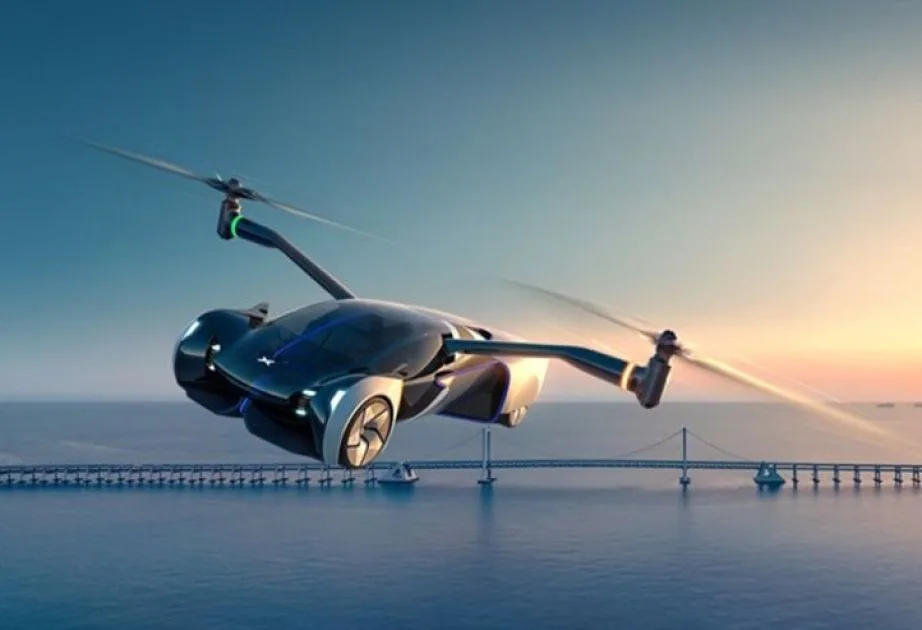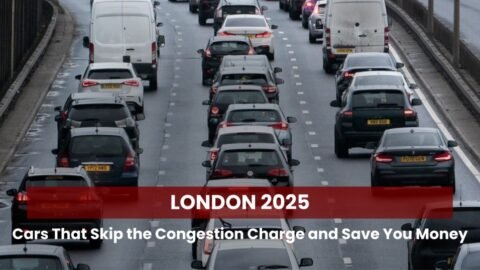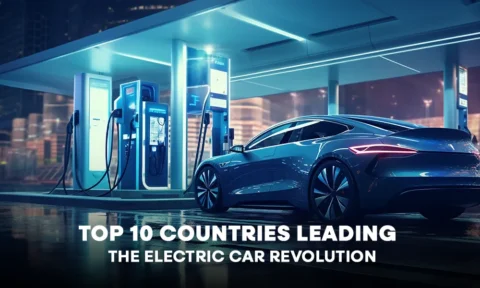The thought that crosses my mind the most when I’m stuck in traffic is, If only I had a flying car! So, I could just fly away and escape the traffic mess in front of me. Lately, given how far technology has traveled, that fantasy doesn’t feel so far-fetched at all.
Flying cars have been a part of our collective imagination for a long time. Sci-fi novels and movies have always tempted us with the thoughts of airborne commutes. But the idea always seemed just beyond reach. If reports coming in from various parts of the world are to be believed, we won’t have to dream about flying cars for long, as they may soon become a part of our reality.
So, what exactly is a flying car?

At its core, it’s a hybrid vehicle that can operate both on roads and in the air. It’s like a part car, part aircraft vehicle. Most of today’s designs fall under the category of eVTOLs (electric vertical takeoff and landing vehicles), which lift off like helicopters but fly more like drones or small planes. Some models can be driven on the roads and transform to get airborne and fly. These are called roadable aircraft and may need a runway for liftoff. Others are built purely for short-range urban air mobility, skipping the wheels altogether. The goal is to merge the convenience of driving with the freedom of flying and reimagine how we move through cities, skies, and everything in between.
Where do we stand now?
Turns out, we’re not just talking prototypes anymore. Companies like Joby Aviation, Alef Aeronautics, and even legacy players like Hyundai and Airbus are actively developing flying vehicles — some designed for private use, others for urban air taxis. Dubai’s already testing flying taxis. And in the U.S., the FAA has granted limited certification to a few models, including Alef’s Model A, which blends road and air capabilities.
These aren’t just drones with seats. We’re talking electric vertical takeoff and landing (eVTOL) vehicles, hybrid designs, and even foldable-wing concepts that can transition from street to sky in minutes.
What’s holding us back?

Tech-wise, we’re closer than ever. But regulation, infrastructure, and public trust are the big hurdles. Air traffic control systems weren’t built for thousands of personal aircraft buzzing around cities. I think that would lead to traffic jams in the air, wouldn’t it? And another aspect to consider would be if you’d feel safe with your neighbor piloting a flying car over your house? What if he crashed it?
Apart from the absurd, battery life, noise pollution, and affordability are also other aspects that must be considered. Most early models are likely to be expensive and reserved for commercial or luxury use. But as with electric cars, prices could drop as adoption grows.
How soon do we get there?
Experts say we’ll see flying cars in limited use, like as air taxis or emergency transport, within the next 5 to 10 years. Widespread personal ownership would create a similar problem in the air like we have on our roads, which is why it’s probably decades away. Still, the momentum is real, and countries are actively working on implementing this technology.
When it comes to countries leading the charge toward flying car adoption, a few are already developing the runway. The UAE is making bold moves, with Dubai testing autonomous air taxis as part of its smart mobility vision. Japan has also conducted successful outdoor flights under government supervision, signaling a serious commitment to aerial innovation. China isn’t far behind — its Civil Aviation Administration has greenlit public flights of eVTOLs, with companies like XPeng showcasing futuristic models that cut hours off travel time. Even Slovakia has issued airworthiness certificates for hybrid car-aircraft vehicles, while Indonesia plans to integrate flying cars into its new capital city by 2045 as part of a carbon-free smart city initiative. It’s clear: the race to take over the skies is on at a global scale.
Final thoughts
As someone extremely interested in how tech has been shaping our experiences, I find the rise of flying cars thrilling and worrying at the same time. Excited because I’ll be able to escape traffic, and worried because we may have to witness many more flying car crashes. But I’m sure governments and industry leaders will find a way around these problems. What’s important is that we are reimagining mobility, urban design, and even how we connect with each other. The future is airborne, and I’m all for it.
Catch the latest buzz in the global automotive scene, straight from Ask About Cars.






